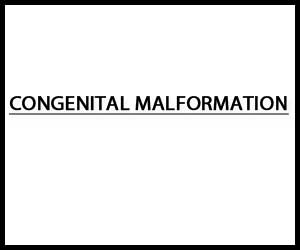- Home
- Editorial
- News
- Practice Guidelines
- Anesthesiology Guidelines
- Cancer Guidelines
- Cardiac Sciences Guidelines
- Critical Care Guidelines
- Dentistry Guidelines
- Dermatology Guidelines
- Diabetes and Endo Guidelines
- Diagnostics Guidelines
- ENT Guidelines
- Featured Practice Guidelines
- Gastroenterology Guidelines
- Geriatrics Guidelines
- Medicine Guidelines
- Nephrology Guidelines
- Neurosciences Guidelines
- Obs and Gynae Guidelines
- Ophthalmology Guidelines
- Orthopaedics Guidelines
- Paediatrics Guidelines
- Psychiatry Guidelines
- Pulmonology Guidelines
- Radiology Guidelines
- Surgery Guidelines
- Urology Guidelines
Unusual Cases of Gut Gangrene due to Sodium Valproate: Case Reports

A 33-year-old, male presented in the emergency department with complaints of right iliac fossa pain, loose stools and vomiting for three days. The patient was a known case of seizure disorder for which he was taking sodium valproate tablets on a daily basis for last one year. On examination, the abdomen was soft with tenderness over right iliac fossa. His hemoglobin was 11.2 gm/dL and total leukocyte counts were 14,000/mm3. Ultrasonography of the abdomen was suggestive of the inflammed appendix with minimal fluid present in pelvis. The patient was diagnosed as a case of a burst appendix. The patient underwent emergency exploratory laparotomy with the following intra-operative finding i.e. around 100 cc of purulent fluid present in peritoneal cavity; pus flakes present over gut and parities in right iliac fossa; gangrenous appendix, cecum and proximal ascending colon with cecal perforation; dense adhesion present between omentum, gangrenous gut, and parities. Resection of gangrenous gut with end ileostomy with appendicectomy was performed. Patient had an uneventful post-operative period and was discharged on postoperative day thirteenth. Ileostomy closure was performed two months later on an elective basis.
Case 2

Disclaimer: This site is primarily intended for healthcare professionals. Any content/information on this website does not replace the advice of medical and/or health professionals and should not be construed as medical/diagnostic advice/endorsement or prescription. Use of this site is subject to our terms of use, privacy policy, advertisement policy. © 2020 Minerva Medical Treatment Pvt Ltd